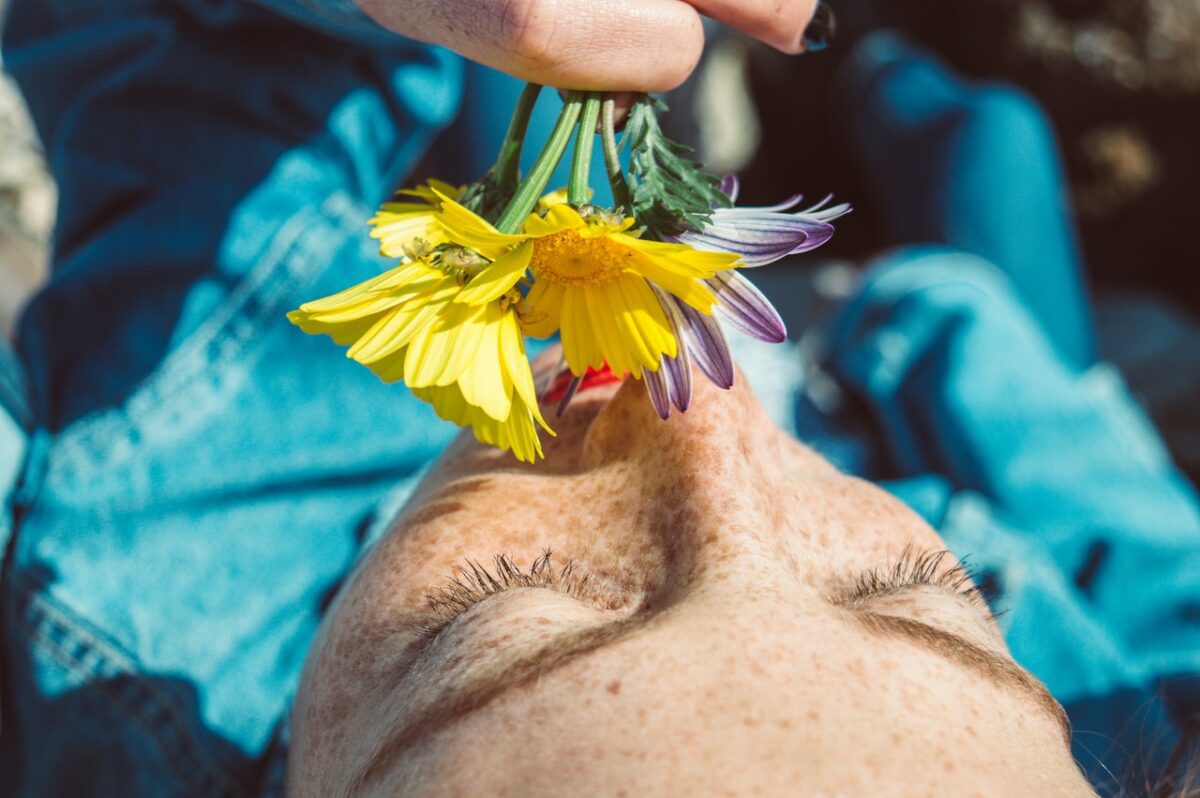The Max Planck Institute for the Science of Human History investigates the remains of spices to discover the smells of bygone times.
Our image of the past was created thanks to documents, paintings, fossil remains or monuments. In this representation of history, one of the aspects that we need to know are the smells of ancient times that have not been preserved. However, that could change.
The Max Planck Institute for the Science of Human History (Germany) studied the “olfactory landscapes” from the genetic and protein analyzes of the remains of aromatic herb particles preserved in the objects. In addition, the research team used information from ancient texts, site descriptions, and archaeological and environmental reports to reconstruct them.
These substances were used in rituals, perfumes, cooking and hygiene and provide information about the social hierarchy and practices of each group. “Expeditions, wars and exchanges to obtain incense and spices with strong olfactory properties reveal the importance of smell for human beings”, says Barbara Huber, lead author of the study published in the scientific journal Nature Human Behavior Magazine. He adds that finding out is not easy because organic substances break down quickly.
Trade routes may be why the world’s oldest vanilla remains were found in a tomb in Israel in 2018. Archaeologists from Tel Aviv University thought this tropical plant may have reached the Middle East from India or the east coast. from Africa.
How is the smell perceived?
It is not yet known what the characteristic odors of other historical periods were, but it is how do humans perceive odor. In 2004, Linda B. Buck and Ricard Axel discovered that olfactory receptors are protein-associated receptors that are activated by certain substances. The human being has about 350 different receptors that are located in the nostrils. This information mainly reaches the amygdala, hippocampus and orbitofrontal cortex. These parts of the brain are related to emotions and this could be the reason why we remember smells from the past.
REFERENCE
